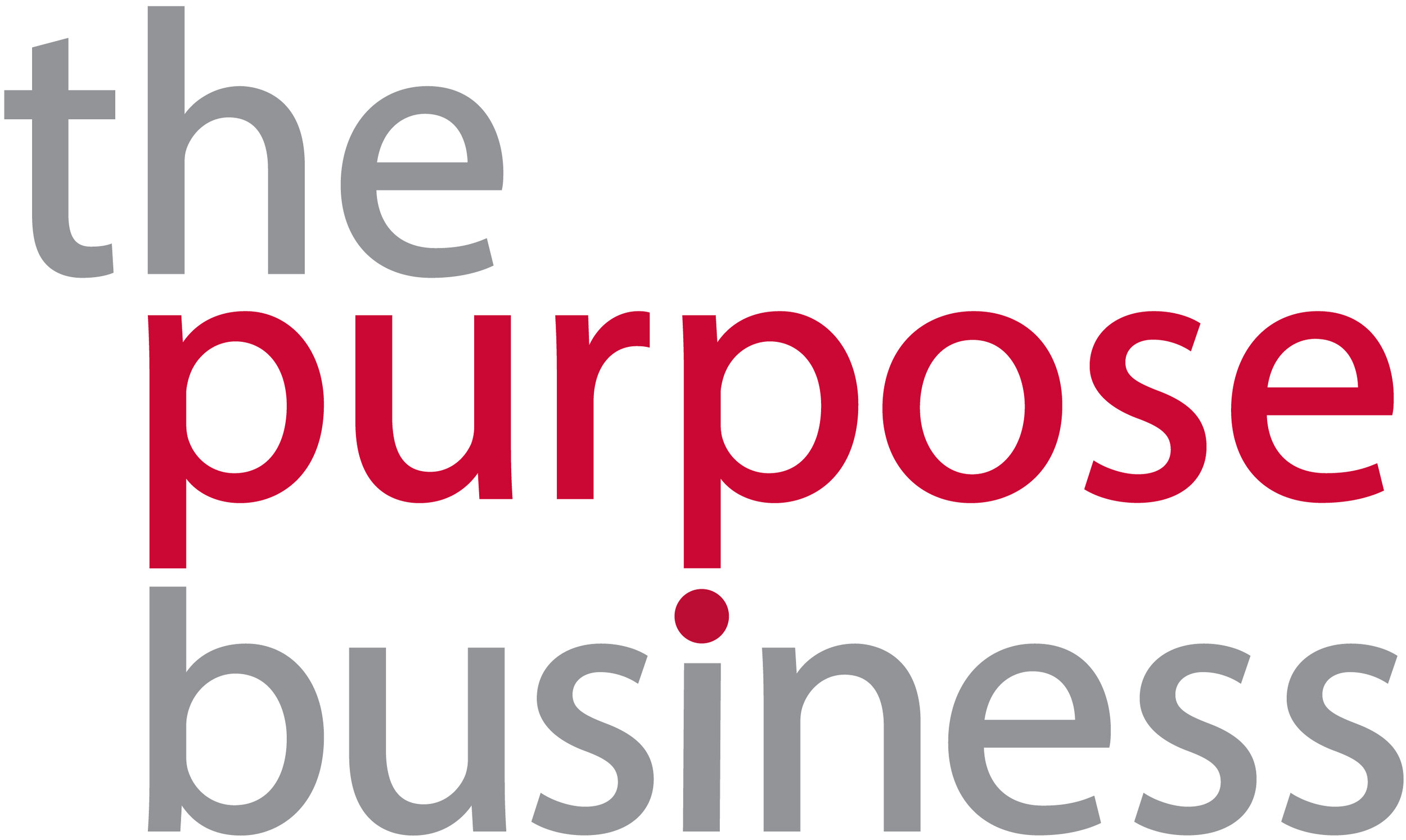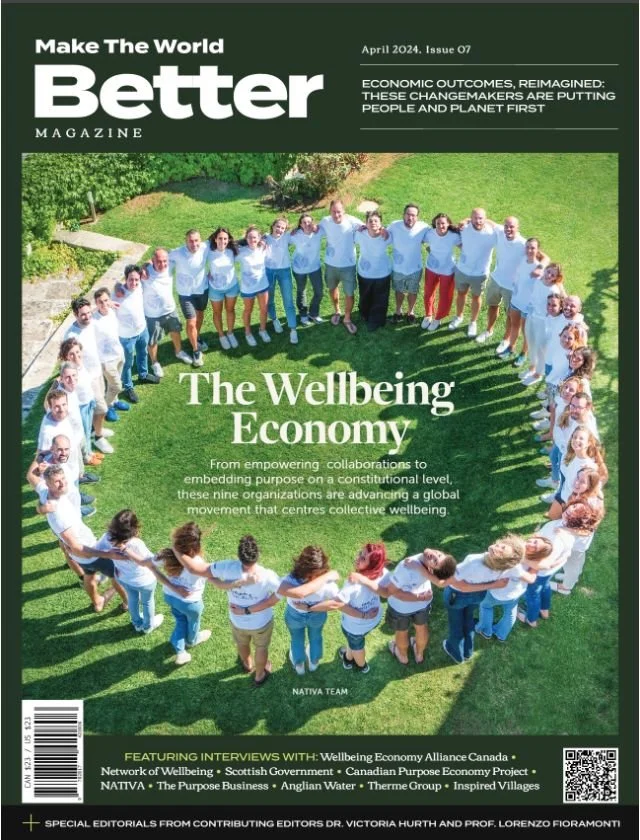Mind your language - how to use words the world needs
Siân Wynn-Jones unlocks the power of language to create change and build better businesses.
Language is continuously adapting and changing to reflect our changing lives, experiences and cultures. New words appear as we make sense of the world and need to be able to share new inventions, concepts and behaviours with others. Collins Dictionary selected ‘climate strike’ as word of the year for 2019, noting that the term has seen a fourfold increase in usage since its first appearance in 2013.
Collins Dictionary records the first mention of the term ‘sustainability’ in 1979, and today it is common in both personal and professional conversations. In the Global Survey on Sustainability and the SDGs (January 2020), 98% of the 26,000 respondents across the world reported that they knew the term “sustainability,” with over 50% stating that they consider sustainability when making choices around consumer purchases and nutrition.
While it’s encouraging that the term ‘sustainability’ is increasingly familiar, it remains broad and unspecific. TPB’s Dr Merrin Pearse and Mabi David have written about the challenges that vagueness brings in terms of plastic packaging and food labelling. Lack of precision can also make it difficult when you want to inspire change.
Precise language brings clarity, and clarity makes action meaningful
In summer 2019, the UK’s Guardian newspaper introduced a new urgency into the language it uses when covering climate issues. The changes in how the Guardian writes about climate include using climate emergency, crisis or breakdown instead of climate change. Editor-in-chief Katharine Viner explained, “We want to ensure that we are being scientifically precise, while also communicating clearly with readers on this very important issue… The phrase ‘climate change’, for example, sounds rather passive and gentle when what scientists are talking about is a catastrophe for humanity.”
Greta Thunberg’s speech to business and world leaders in Davos 2019 was so powerful because it was neither passive nor gentle. “I don’t want your hope. I don’t warn you to be hopeful,” said the climate activist, “I want you to panic… and act as if the house was on fire, because it is.”
Moving people to action is often a key objective reflected in our language choices. Thunberg inspired climate strikes around the world in coordinated actions, focusing on students in March and May, and extended to businesses in September. Courtesy of our digital age, engagement happens in the virtual world as well as on the streets. Many organisations, including The Purpose Business, showed their support by joining the digital climate strike. Analysing climate content on social media in September 2019, Newswhip noted a significant increase in content volume and engagement. It also observed businesses benefitting from high amounts of engagement – many were brands’ widely known stances on climate change, and yet for others, it appeared to be one of their first consumer climate conversations.
The same rules apply when you are looking at communications within your business. Whether it’s an employee engagement campaign, an investor relations briefing or a marketing plan, it’s crucial to focus on who your audience is, and what you want them to know, do or feel.
Want to help your colleagues to quit using single-use cutlery? Don’t tell them about your details of your sustainability strategy. Cut to the chase and tell them what they can do, personally and immediately, and show them why it matters. An eye-catching, ear-friendly short phrase such as, “Don’t fork-get your reusable cutlery!” or “Choose to re-use” will catch people’s attention and provides clear direction, and a succinct explainer such as “Single-use plastic is bad for the planet and your health”, will reinforce why this action makes sense.
Exactly because there is a precise call to action, we can see when and whether people acted. And importantly, we can measure it too. Feeding this data back into the process, helps learning and informs the strategy and its deployment to have greater impact, faster.
Communicate the ‘how’ and the ‘why’ (Photo from workshop exercise)
The challenge of translation
Working in Asia, there is also the added consideration of multiple languages and cultures. This is often about making sure that the words that you use convey a sufficient and accurate cultural context.
“Working bilingually – or trilingually – in sustainability, it is important to be particularly clear and unambiguous,” says TPB sustainability advisor and translator, Vicky Lee. “Historically, in Chinese, there was a tendency for the word ‘sustainability’ to be regarded simply as ‘continuity’. While this is not necessarily wrong, on its own, it fails to convey the strategic action for society and the environment which is required by today’s standards and guidelines.
“Another example, common in sustainability, is the word ‘recycler’. A recycler in Chinese could be a person that collects material only, rather than a person or organisation that oversees the process of transforming material for another use.”
It is easy to see how, without sufficient understanding of the context, word choices can be imprecise or inadequate and limit understanding, action and progress.
Help me see the world I want
In the 1990s, colleagues at an international charity held anxious discussions on whether compassion fatigue would result in a downturn in donations, and the same concern was evident when the ‘doom and gloom’ environmental news reporting of the early 21st century was shown to disengage its readers. With hindsight, these conversations came to similar conclusions – that impactful communications articulate the positive action that individuals can take and the corresponding positive impacts. In the case of charity fundraising, this could be how my donation could provide vaccinations for a class of school children, and in environmental awareness, this might be showing how the simple act of using a refillable water bottle can help stop plastic pollution in Hong Kong’s waterways. What is clear is that if you want to talk to me, you need to show me how it is beneficial to my life and situation.
It is not uncommon, when embracing the technical phrasing of sustainability standards and guidelines that we inadvertently remove people from the conversation. Defining people as ‘stakeholders’, can reduce our colleagues, investors, suppliers and communities to a status of ‘other’ – and once people are outside of the conversation, they are less invested.
We have the power to choose the language that broadens how people think and act on sustainability
Studies show that language impacts how we think about the world. We have the power to choose the language that broadens how people think and act on sustainability. The words that we use can paint a picture of the world that we are working towards, and importantly they can also help us get there.
This thinking is not new, but it perhaps more imperative than ever that we put it into action. It was nearly seven hundred years ago when the Persian poet Hafiz wrote, “The words you speak become the house you live in.” Today, that house is on fire, and we need to use all the tools we have to help bring about change and transform humanity to live and work without compromising the ability of future generations to meet their needs. Our language is powerful – let’s use it well.
How to make your sustainability communications successful
Put people first
Know who you want to talk with (NB talk with, not talk to – listening is part of the deal) and understand their situation and cultural context. (Side note: ‘the general public’ and ‘stakeholders’ are not helpful definitions.Be precise
Being specific helps understanding, action and metrics. Often, the word ‘sustainability’ is unlikely to be your best choice.Prioritise action
All communications are about what you want people to know, do or feel, but people remember behaviours a lot more by doingStay positive
Focus on what people can do, rather than what they can’t.






